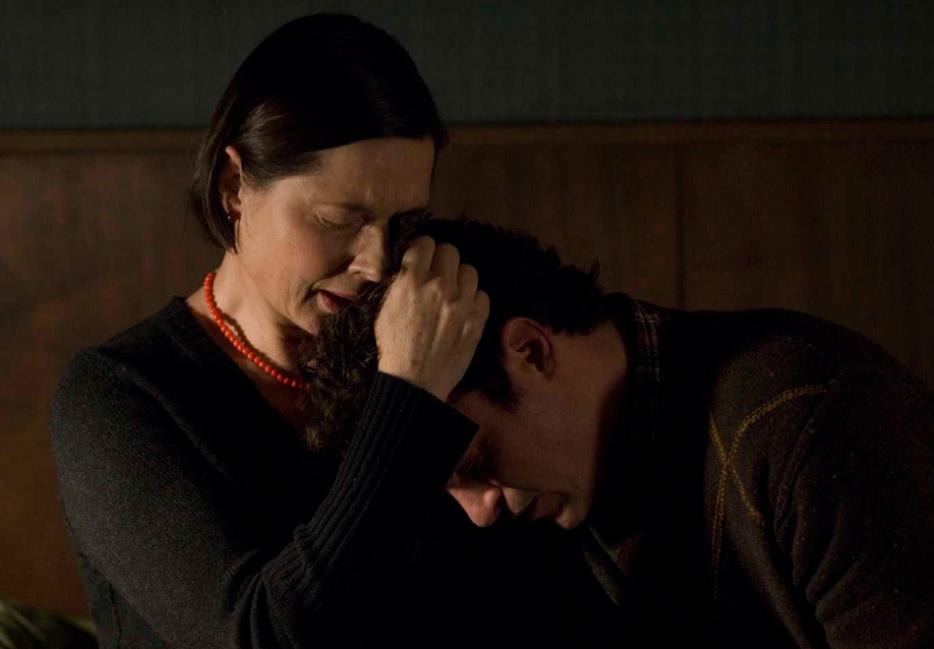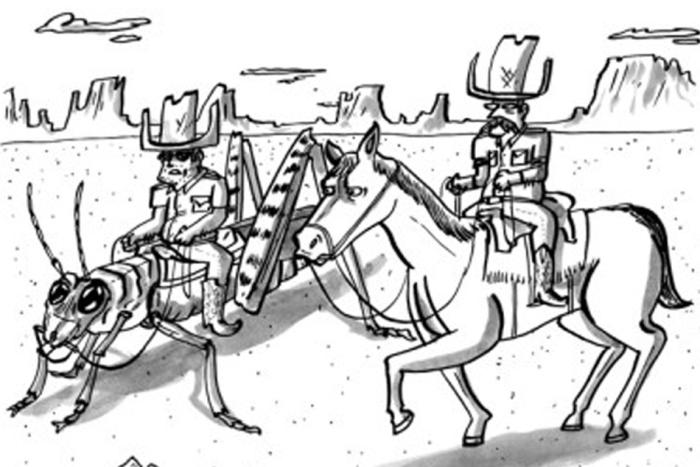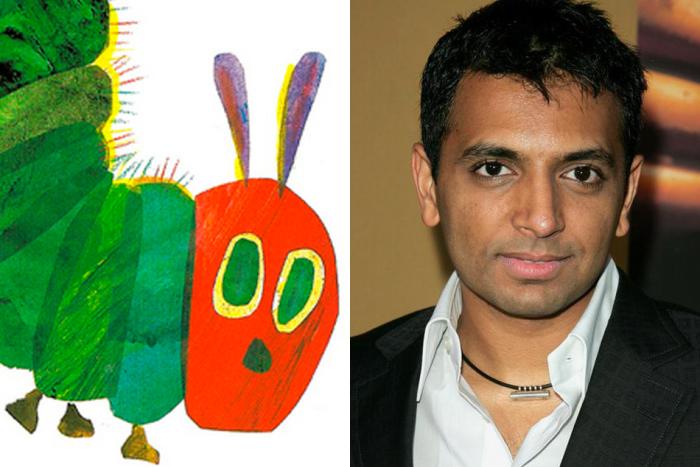James Gray’s new film The Immigrant recently premiered at the Cannes film festival, and, if it is anything like each of his first four features, it will open quite grandly. Little Odessa, his 1994 debut, begins with a murder in the middle of a quiet New York street. The Yards, his follow-up six years later, begins when its hero is released from jail. We Own The Night, from 2007, begins with a black-and-white photo montage of brutal NYPD crime busts in the late ’80s. Even 2008’s Two Lovers, Gray’s first romantic drama and his only film to date about neither cops nor criminals, begins with a suicide attempt, as Joaquin Phoenix’s Leonard unceremoniously throws himself from a bridge.
Each case sets a precedent for the action to follow: the films will be dark, they will be tragic, and they will have an unabashedly operatic sweep. (That Gray’s most modest film is a loose adaptation of a Dostoevsky story suggests much about the scope of his ambition.) Gray’s films announce themselves immediately as capital-I Important works, and it’s a testament to his conviction as much as his talents as a filmmaker that he is capable of consistently delivering on such lofty promises.
But for all their expansiveness and self-styled grandeur as works of dramatic fiction—the first three crime pictures of the sort not seen since the New Hollywood classics of the 1970s, the fourth among the most sophisticated and substantive American romances to emerge in decades—Gray’s films are more concerned with nuance than with extravagance or ostentation. The impressive opening displays are, in effect, acts of subtle misdirection, calling attention to the scale of the drama when the real focus ought to be everything else. Unlike the vaunted American masters to whom he is often enthusiastically compared—Scorsese, Coppola, Cimino—Gray’s greatest strengths as a writer and director lie not so much in his capacity to construct sweeping, near-mythological crime epics as in his ability to lavish such attention on them, putting the mythos under a microscope and finding the minutia that exists there. When one reflects on Two Lovers, one thinks less of attempted suicide than, say, of the way Joaquin Phoenix tries to drink brandy through a stir stick he mistakes for a straw. Gray is a director of details. Though their breadth suggests otherwise, his films are not epics. They are tiny, meticulously designed models made precisely to scale.
An odd comparison? Perhaps. But in practice, Gray approaches world-building with the sensibility of a fantasy novelist. He displays the kind of attention to detail we typically associate with filmmakers such as Wes Anderson, but Gray isn’t a formalist; the care in this case is in aid of a naturalism that is by design self-effacing, making each film’s world seem lived-in and fully realized without being styled into apparent exaggeration or caricature. The attention paid is most clearly appreciable in the production design. Though the job has been assigned to three different people over the course of his first four films—Kevin Thompson on Little Odessa and The Yards, Ford Wheeler on We Own The Night, and Happy Massee on Two Lovers—it’s obviously been guided by Gray throughout, evinced by the similarities not only in style but, more consistently, in the texture of the films, which always feels distinctly his own.
Consider a seemingly throwaway insert shot early in We Own The Night of an aluminum tray of baked macaroni and cheese at a policeman’s ball, which looks less like a preconceived movie prop than a dish lovingly made and arrived at organically. It’s the kind inconsequential detail most directors wouldn’t bother recreating, but it’s richly suggestive of the time and place. It’s even echoed later in Two Lovers by a shot, again early and again seemingly irrelevant, of a small dish of pickles resting on a dining room table. These details are not intended to convey narrative information or illustrate anything meaningful. But they contribute, gradually and over time, to a sense of a living, breathing space, one inhabited by people who cook and dine and do things in and around the strictures of the narrative. This is the fabric of life.
Gray’s films abound in such moments, available for you to either savor or neglect. In Little Odessa it’s how a newsstand is stocked haphazardly with cigarettes and magazines, or how a chip-truck’s half-eaten hotdog and fries are tossed casually over a nearby fence; in The Yards it’s the way a homecoming party is decorated with odds and ends, and how a crooked official demands full nudity from those intending to bribe him. Much of this, of course, is strictly aesthetic—from an ominous drug bust’s chiaroscuro lighting to the red of a club owner’s shirt—and on a superficial level alone Gray’s grasp of subtle period trimmings and insular subcultural markers make the coiffed hair and oversized collars of a movie like Argo look like a child playing dress up.
But the level of detail Gray cultivates in his films extends well beyond stylistic choices; it’s the precise manners of speaking and acting to which Gray seems preternaturally well-attuned. Well-regarded for years as a peerless director of actors, one of Gray’s advantages when it comes to drawing out strong performances from his cast is the foundation of well-developed writing with which he provides them. Even minor players, like Elias Koteas’s wealthy playboy in Two Lovers or the backstabbing club manager in We Own The Night, give the impression of having fully conceived lives beyond the frame of the picture, as if they had their own hopes and problems running concurrently to the drama on which the film happens to be focused.
This degree of conception—which resonates because it implies as much or more than it explicates, these screenplays veritable icebergs of dramatic writing—is all but unprecedented in contemporary American cinema. In many ways, it recalls (to invoke an oft-used comparison) literature more than film. Gray’s works are indeed novelistic, not because they’re impenetrable tomes: it’s the denseness of the writing and the richness of the individual moments, rather than any overt themes or grand and sweeping stories, that lets you know you’re in the presence of great fiction.






